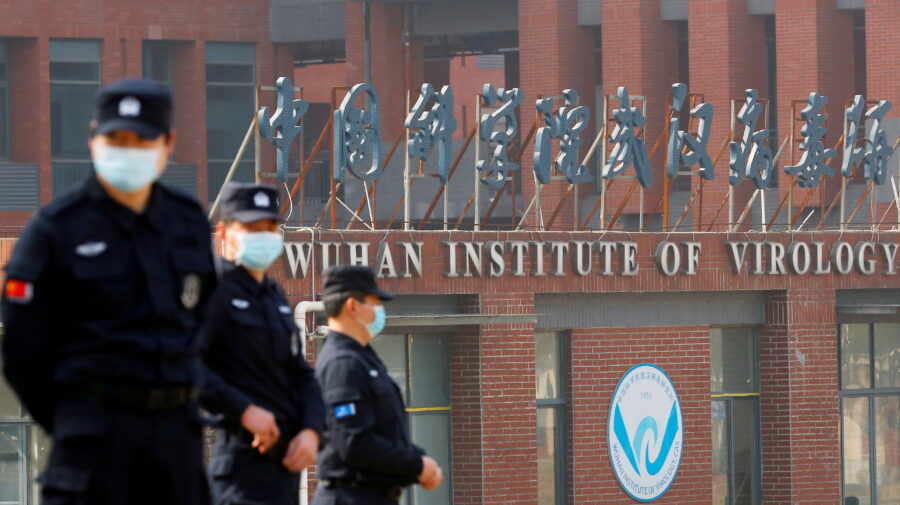Over the past weeks, unproven theories that SARS-CoV-2 might have originated at China’s Wuhan Institute of Virology have crept back into headlines.
Among other chatter, the news items that pushed the so-called lab-leak theory back into public view were reports that three staff members of the lab sought hospital care in November 2019, just before the first cases of the coronavirus were reported; US President Joe Biden’s calls for a renewed investigation into the origin of the virus; as well as Dr. Anthony Fauci’s email correspondence. While the US-led investigation focuses on whether the virus was accidentally leaked from the lab, online reactions following these news events included a heavy dose of speculation that the virus was deliberately engineered as a bioweapon. The multiple forms of the theory muddy the waters, as it becomes increasingly difficult to determine which exact theory, and its plausibility, is being discussed.
None of these news items served as groundbreaking evidence. However, they were portrayed by some outlets and commentators as proof that many in the the media were wrong to have downplayed the lab-leak theory in the first place. As First Draft argued earlier this week, incremental releases of new findings should not be treated as proof. Since the lab-leak theory so far remains unproven, it’s misleading to suggest through op-eds, TV appearances or social media posts that the media “got it wrong.”
What makes it challenging to report on the theory without causing further confusion or amplifying misleading information is that it is inextricably tangled in the geopolitical dynamics of US-China relations and US domestic politics. When the theory was repeated by former President Donald Trump while he was in office, mainstream media widely — and rightfully — criticized it for its conspiratorial and Sinophobic tone — but this overshadowed legitimate concerns that were still being examined by scientists. Journalist Jon Allsop noted in the Columbia Journalism Review that some journalists failed to understand the complex relationship between the conspiratorial and racist actors abusing the theory for their own means, and the facts underpinning the theory’s credibility in the scientific community. Furthermore, scientists say the volatility of the current conversation could harm efforts to study the virus’ origins and reach any definitive conclusion about this theory or others.
Unfortunately, there is no one easy answer about how to cover this theory. The best thing news organizations can do is to lay out all the facts. Chief among them: Investigations into the origin of the virus are ongoing, and right now there is no definitive answer. — Stevie Zhang






